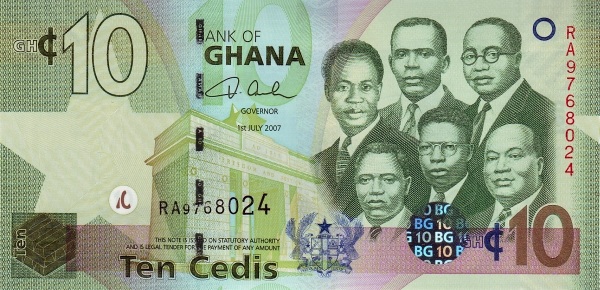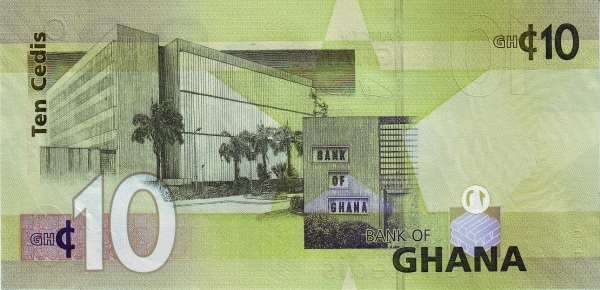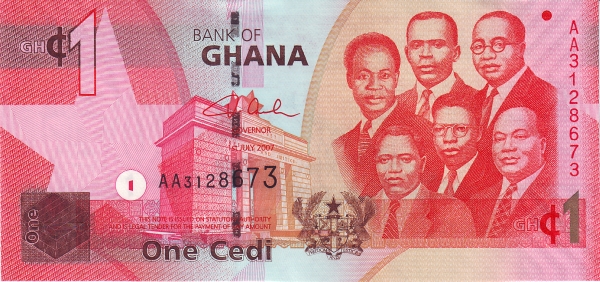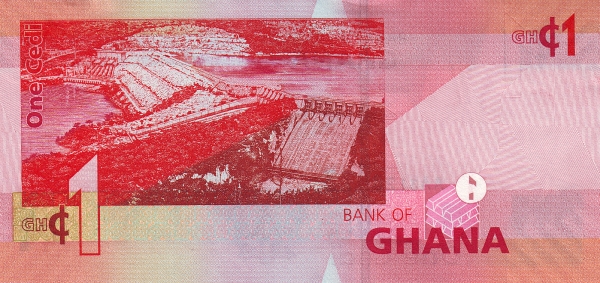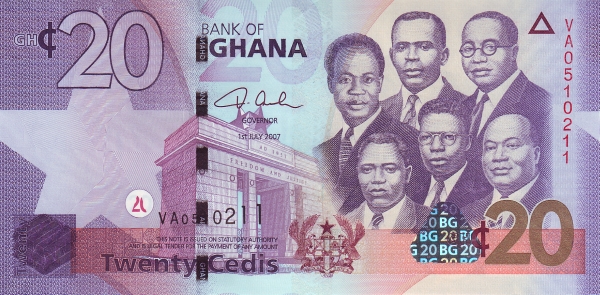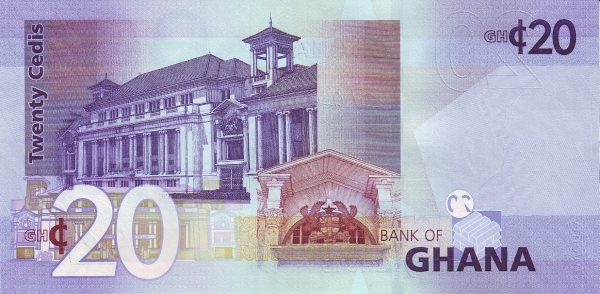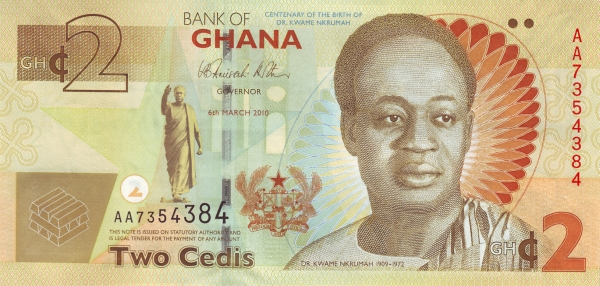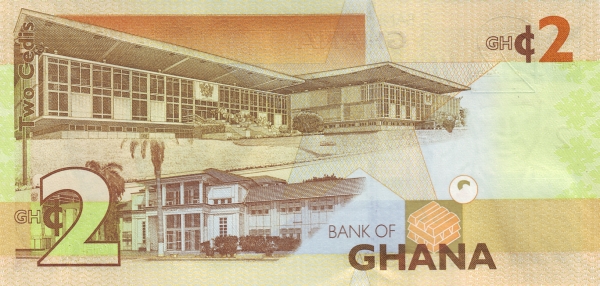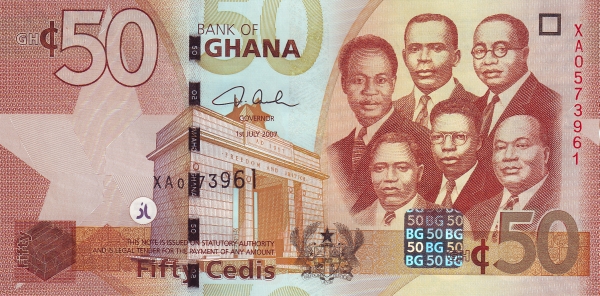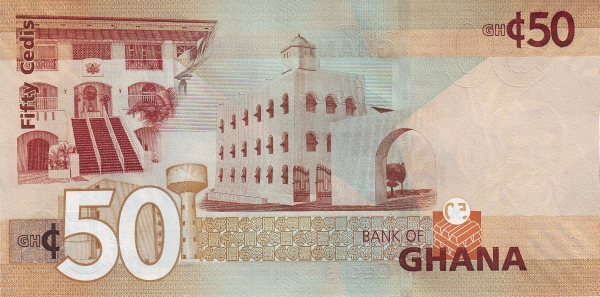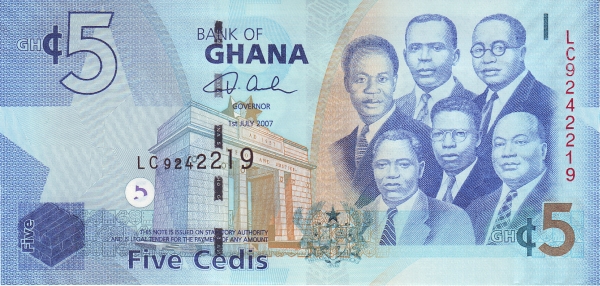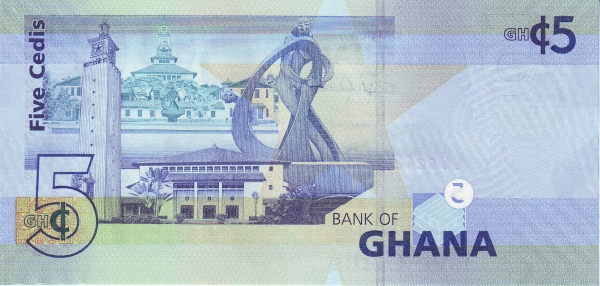Discovering Ghana: A Jewel of West Africa
Ghana, a magnificent nation in western Africa, previously known as the Gold Coast, lies just north of the Equator. This vibrant country shares borders with Cote d'Ivoire to the west and Togo to the east. Additionally, Burkina Faso hugs its northern edge, while the southern frontier meets the Gulf of Guinea, part of the Atlantic Ocean. Interestingly, Ghana spans an area of 238,533 square kilometers, making it slightly smaller than the United Kingdom and comparably sized to Oregon in the U.S.
Geography and Natural Wonders of Ghana
Ghana boasts a fascinating landscape mainly characterized by low plains interspersed with scattered hills. Numerous rivers traverse the country, enriching its fertile lands. Among these remarkable features, Lake Volta stands out as the world's largest artificial lake. Mount Afadja, the pinnacle of Ghana, rises to just 885 meters (2,904 feet) above sea level, belonging to the Agumatsa Range. Moreover, the Black Volta, the Red Volta, and the White Volta are the main rivers that converge to form one mighty river, the Volta, which is dammed at Akosombo, creating Lake Volta.
An Insight into Ghana's Population
As of 2024, Ghana's population reaches an impressive 34.6 million, encompassing approximately 75 distinct ethnic groups. The coastal regions and the Ashanti region, particularly around Kumasi, represent the most densely populated areas. Accra serves as the capital and largest city, bustling with life and culture. In daily communication, people speak English, which serves as the official language. Additionally, Akan languages, including Twi and Fante, as well as countless other West African dialects, enrich the cultural tapestry of the nation. Religious affiliation is diverse, with Christianity (71%) as the dominant faith, followed by Islam (20%) and traditional beliefs (3%).
The Historical Evolution of Ghana
Ghana's history is a compelling narrative of resilience and transformation. It emerged through the merger of the British colony of the Gold Coast and the Togoland trust territory. In a historic milestone, Ghana became the first sub-Saharan country in Africa to attain independence in 1957. However, the path to democracy proved tumultuous, marred by a string of coups that forced the suspension of the constitution in 1981 and imposed a ban on political parties. Fortunately, by 1992, the government ratified a new constitution, reinstating multiparty politics. Notably, Lt. Jerry Rawlings, who ruled since 1981, became the first president elected under the new regime, winning elections in 1992 and 1996. However, he could not seek a third term in the 2000 elections, paving the way for John Kufuor, who triumphed over former Vice President Atta Mills in a free and fair electoral process.
Understanding Ghana's Government Structure
Ghana operates as a multiparty democracy, and it achieved independence on March 6, 1957. The constitution that governs the nation came into effect on January 7, 1993. This political framework empowers its citizens to participate actively in shaping the country's future, making it a progressive model in the region.
Exploring Ghana's Climate and Geography
Geographically, Ghana nestles in Western Africa, bordered by the Gulf of Guinea to the south, flanked by Cote d'Ivoire to the west and Togo to the east. The country encompasses about 238,391 square kilometers (92,100 square miles) of diverse terrain, including plains, scrubland, rainforests, and savanna ecosystems. The tropical climate varies, presenting warm, dry conditions along the southeastern coastline, while the southwest experiences heightened humidity. Consequently, the northern regions endure a hotter and drier climate.
Demographics of Ghana
Ghana's population comprises individuals from various ethnic backgrounds, primarily including the Akan (45.7%), Mole-Dagbani (18.5%), Ewe (12.8%), Ga-Dangme (7.1%), and Gurma (6.4%). This melting pot of cultures fosters rich traditions and communal bonds throughout the country. As a reflection of its commitment to education, Ghana boasts an estimated literacy rate of 80% as of 2024.
Natural Resources and Agricultural Products of Ghana
Ghana is abundantly endowed with natural resources, ranging from gold, timber, diamonds, bauxite, manganese, to fish. These resources significantly contribute to its economy, particularly the mining sector, which plays a crucial role in generating revenue. The agricultural sector also thrives, yielding products such as cocoa, rice, coffee, cassava (tapioca), peanuts, corn, and bananas, as well as timber. Cocoa, notably, stands as a cornerstone of Ghana's economy, often regarded as the country's primary cash crop.
Industries and Economic Contributors in Ghana
The industrial landscape in Ghana encompasses various sectors, including mining, lumbering, light manufacturing, aluminum smelting, food processing, cement production, and small-scale commercial shipbuilding. Exports profoundly shape the economy, with commodities such as oil, gold, cocoa, timber, tuna, bauxite, aluminum, manganese ore, diamonds, and horticultural products leading the charge. On the other hand, the nation imports capital equipment, refined petroleum, and various foodstuffs.
Trade Partnerships and Economic Dynamics
Ghana's economic interactions extend globally, with the United Arab Emirates (UAE) accounting for 24% of its exports, followed closely by Switzerland (17%), and the United States (14%). Similarly, economic dependencies reveal intriguing insights, wherein China leads the charge in imports, covering 41%, followed by the Netherlands (7%) and India (5%). These trade partnerships foster an interconnected economic environment that allows Ghana to thrive on the global stage.
Largest cities of: Ghana
| City Name | Population | Year of foundation | |
| Accra | 2,270,000 | 1877 | |
| Kumasi | 1,980,000 | 1695 | |
| Sekondi-Takoradi | 370,000 | 1920 | |
| Tamale | 360,000 | 1876 | |
| Ashiaman | 201,000 | 1990 | |
| Cape Coast | 169,000 | 1650 | |
| Sunyani | 114,000 | 1971 | |
| Wa | 100,000 | circa 1000 B |
Ghana: Money
